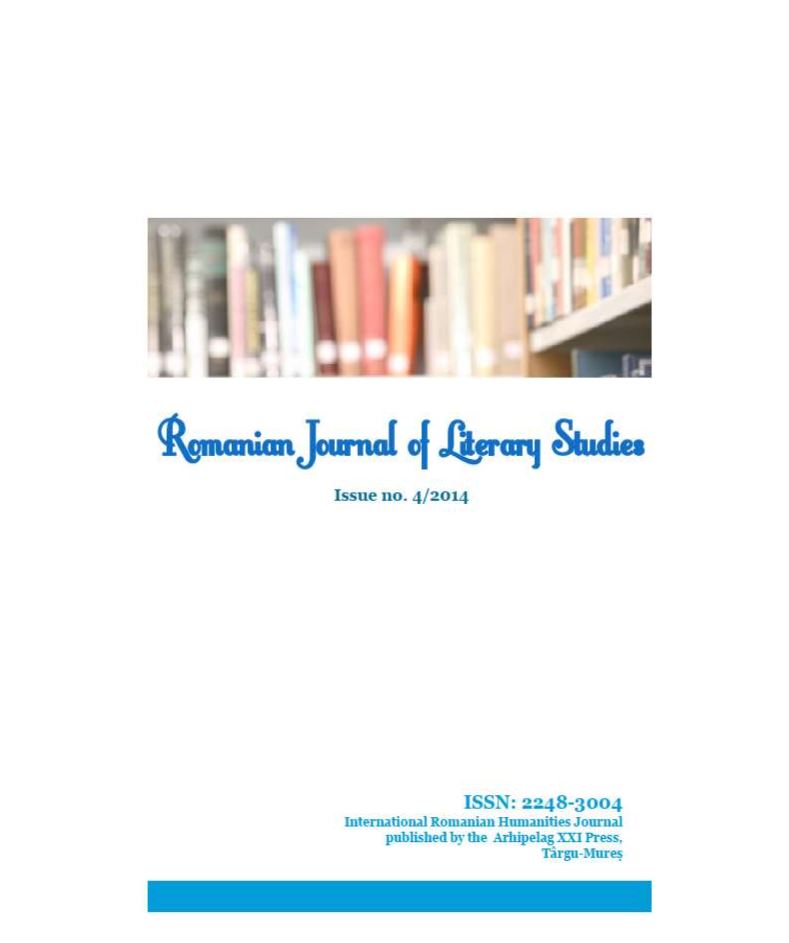IDENTITY AND ALTERITY IN A SEVENTEENTH CENTURY DIARY
IDENTITY AND ALTERITY IN A SEVENTEENTH CENTURY DIARY
Author(s): Stefania Maria CusturăSubject(s): Language and Literature Studies, Literary Texts
Published by: Editura Arhipelag XXI
Keywords: imagology; identity; alterity; Saxons; Hungarians
Summary/Abstract: The theme of our research is the binomial identity-alterity, reflected in an intimate diary of the seventeenth century from Transylvania, written by Andreas Hegyes, captain of the Trabants in Brasov. He writes down between 1613-1617 aspects of the town’s life with almost daily frequency, in the form of short sentences, and frugally, from his own biography. A double chronicle, of the social life and also of the author’s emotional states, the diary appears as an impulse of the sixteenth century Reform that generated the unprecedented spread of reading and writing. We were preoccupied with the social, juridical and also personal reasons of the Diarium, borderline text between literary and non –literary. The confessions of captain Andreas Hegyes, about the Saxons’ politics, about their relationships with two Empires, the Habsburg and the Ottoman, must be read as identity discourse. We can discover an important component in the imagological research in the memorialistic document of a remarkable personality of the Saxons, that of the relation between self-image and heteroimage, between the Saxons’ self image and the relationship with the Other, with alterity. From this perspective, the diary unveils the Saxons’ way of life but, mostly, the political and social relations, with other ethnies, especially the Hungarians. Andreas Hegyes’ Diarium must not be read as literature of the subjective type, because its intentionality was not a direct-confessing one but of the documentary type, a forma mentis specific to the seventeenth century.
Journal: Journal of Romanian Literary Studies
- Issue Year: 2014
- Issue No: 04
- Page Range: 385-391
- Page Count: 7
- Language: English

